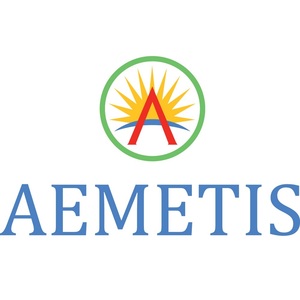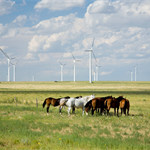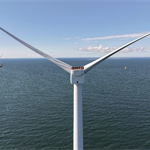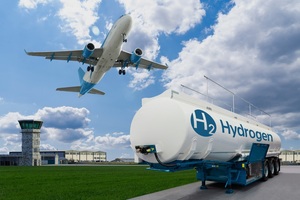Aemetis announces new LCFS pathway, launches CCS subsidiary
Energy Disrupter
ADVERTISEMENT
Aemetis Inc. on March 31 announced the California Air Resources Board has approved a new Low Carbon Fuel Standard pathway for ethanol produced at its Keyes, California, plant using dairy biogas. The following day, the company announced the launch of a carbon capture subsidiary.
Under the new Tier 2 LCFS pathway, the Keyes plant will utilize dairy biogas as a process energy input. The new pathway reduces the carbon intensity (CI) of Aemetis’ fuel ethanol from 67.3 to 65.6 utilizing diary biogas from two dairies with an average CI score of -426. The new pathway certification is effective as of Oct. 1, 2020.
Aemetis began operating the two anaerobic dairy digesters and a 4-mile private pipeline in September 2020. The digesters are part of the Aemetis Central Dairy Digester Project, which includes 17 planned dairy digesters and a 35-mile biogas pipeline. The full project is expected to be in operation by the second quarter of 2022. Aemetis plans to begin construction of the next five dairy digesters and the additional 32 miles of biogas pipeline during the second quarter of this year.
Aemetis on April 1 announced the launch of a new subsidiary named Aemetis Carbon Capture Inc., which will initially capture, dehydrate, compress, and sequester carbon dioxide from the Aemetis Biogas anaerobic digester projects to further reduce the CI of its dairy biogas. The current CI rating of -426 of the company’s dairy biogas does not include the value of carbon dioxide capture and sequestration (CSS).
Aemetis Biogas currently plans to develop 52 dairy digesters projects that would produce approximately 1.4 million MMBtu’s of renewable natural gas (RNG) and 50,000 metric tons of carbon dioxide annually. The company said its Keyes ethanol plant currently produces approximately 150,000 metric tons of carbon dioxide per year, while its proposed renewable jet and diesel facility is expected to produce 160,000 metric tons of carbon dioxide per year.
According to Aemetis, California’s Central Valley is well established as a major region for large-scale carbon dioxide injection projects due to the geologic formation of subsurface shale caprock that safely contains and retains gases. When related to transportation fuels production, Aemetis said carbon dioxide sequestered underground is estimated to generate approximately $200 per metric ton under the California LCFS, while ethe federal Section 45Q tax credit value of sequestered carbon dioxide is approximately $50 per ton.















